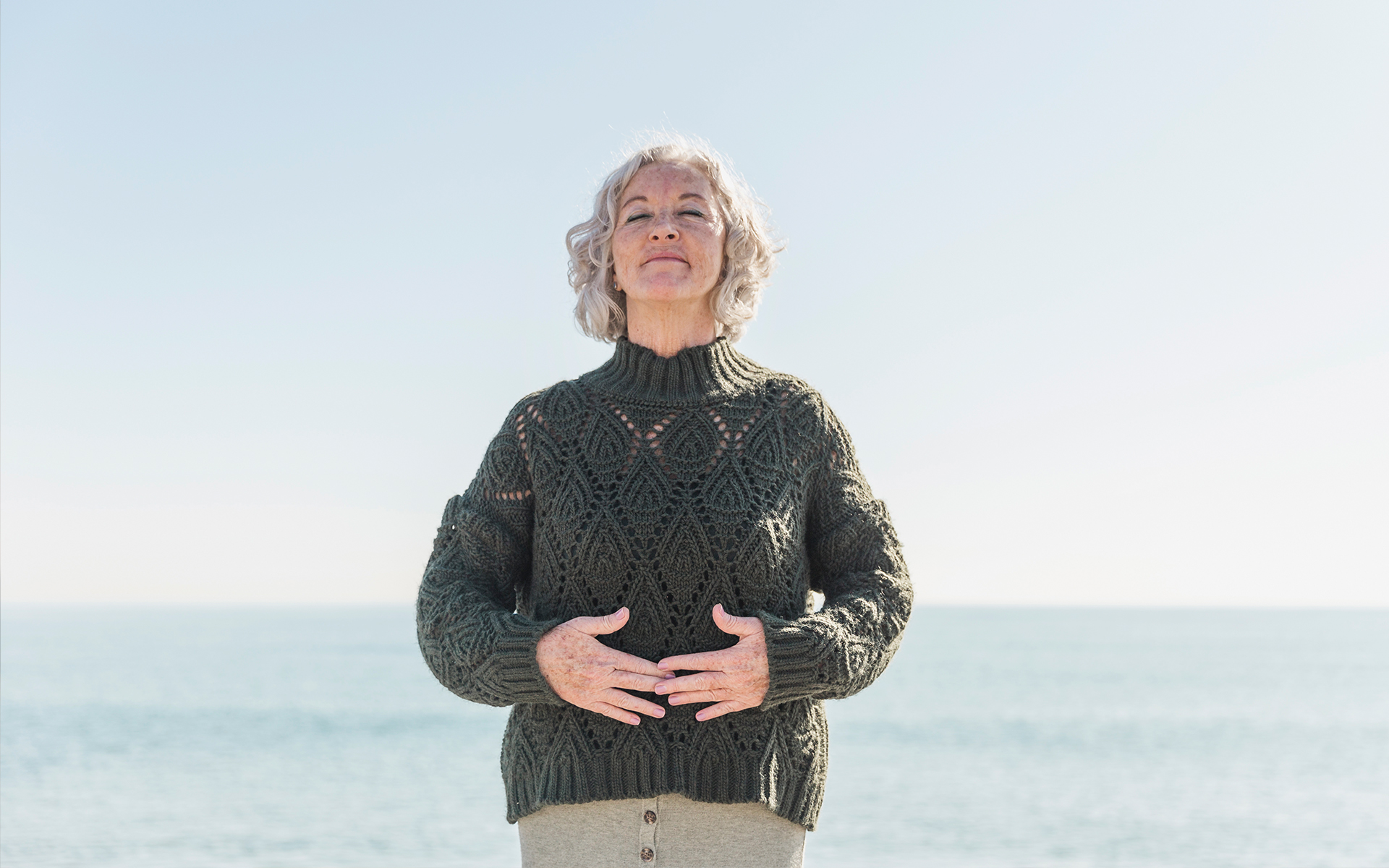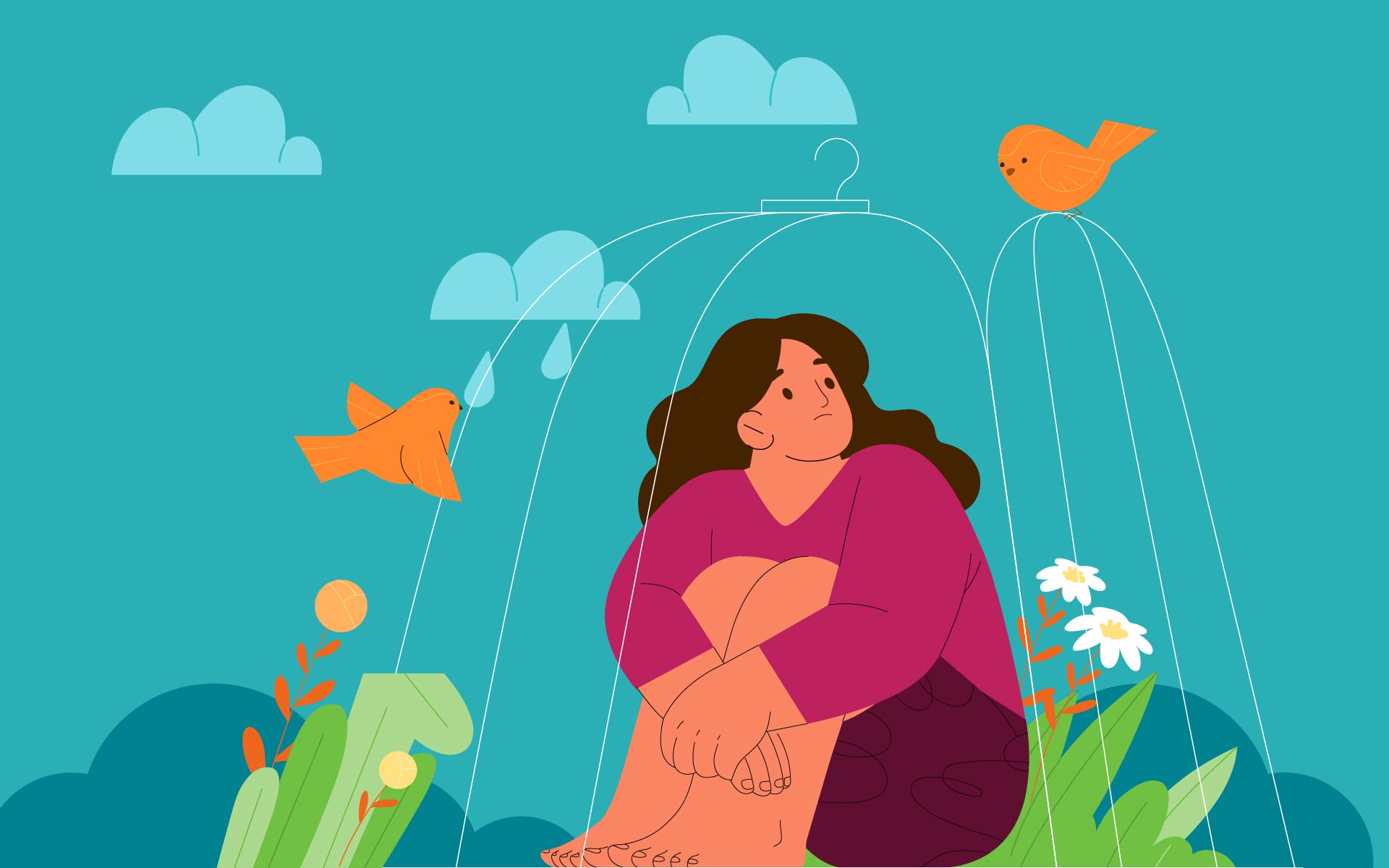From Suffering to Peace: The True Promise of Mindfulness
Mark Coleman • New World Library
Longtime meditation teacher and naturalist Mark Coleman—author of Make Peace with Your Mind: How Mindfulness and Compassion Can Free You from Your Inner Critic and Awake in the Wild: Mindfulness in Nature as a Path of Self-Discovery, among others—is at pains to demonstrate in his new book that mindfulness is definitely, incontrovertibly not about finding an escape from the pain we find in the midst of everyday life.
The book, in fact, is filled with poignant stories of students who have come to him in immense pain. One woman, for example, arrived at a retreat having, over a two-year period, lost her sister in a car accident, her brother to a heart attack, and her father to cancer. Shortly thereafter, her only living aunt died, and weeks before the retreat, following several agonizing months, her mother passed away in a state of dementia.
Stories like this demonstrate that the “true promise of mindfulness” in the subtitle is that if we turn toward pain, rather than seek escape routes in temporary states of mind, we may find ourselves on a path toward genuine, sustainable peace
Stories like this from students demonstrate that the “true promise of mindfulness” in the subtitle is that if we turn toward pain, rather than seek escape routes in temporary states of mind, we may find ourselves on a path toward genuine, sustainable peace. Maybe not overnight. But over time.
The 36 chapters in From Suffering to Peace are short, and all end with a practice or contemplation. They’re divided into four parts corresponding to four areas of practice. The body section asks us to explore what it means to have a body (and to know that at some point “we” won’t). The mind section focuses on thoughts and our conception of a self. The heart section treats of our emotions, while the world section explores our relationships with those around us and the natural world. It’s a very filling meal.
The Green Cure: How Shinrin-Yoku, Earthing, Going Outside, or Simply Opening a Window Can Heal Us
Alice Peck • CICO Books
In The Green Cure, author Alice Peck offers a compelling argument for incorporating nature into any personal health quest. Citing research examining the health benefits of nature—for example, how walking among trees lowers blood pressure—Peck provides ample evidence that a “green cure” isn’t merely a poetic notion. She also offers practical ways to tap these benefits: creating terrariums, using light and color therapy to mimic nature’s light and color spectrum, and more. Peck shows us that tapping into nature’s healing power doesn’t require us to live by the ocean or in a forest. It’s all around, wherever we begin.
Alphabreaths: The ABCs of Mindful Breathing
Chris Willard, David Rechtschaffen, and Holly Clifton-Brown • Sounds True
“Spread your arms like a butterfly, imagine blowing out the candles on a birthday cake, or be still and silent as a ninja.” Psychologist Chris Willard and Mindful Education director Daniel Rechtschaffen—each having written several previous titles on bringing mindfulness into children’s lives—offer 26 imaginative ways for kids and their adults to pay attention to the breath all day, from Alligator Breath to Zzzz Breath (no prizes for guessing that this last one involves bedtime). Accompanied by adorable, vibrant, homespun illustrations, the wide variety of exercises will help kids associate mindful breathing with play and with learning about ourselves in relation to the wider world. Not a bad way to understand mindfulness at any age.
Podcast Review
Invisibilia
Episode: The Fifth Vital Sign
The more attention you give something, goes the aphorism, the bigger that thing becomes. In this episode of NPR’s Invisibilia, host Alex Spiegel explores the power our attention wields in the realm of the body. It introduces us to Devyn, an American 16-year-old who finds inexplicable chronic pain taking over her life. The narrative also lights on a medical system—within an oppressively stressful, pain-inducing society—that’s grown obsessed with “killing” pain (as in, taking “pain killers”). Plus, a pocket of the medical community claims that we’re understanding and treating physical pain in all the least helpful ways. Trying so hard to get rid of every trace of pain, says rheumatologist Dr. David Sherry, serves to amplify it rather than curing it: “There’s some suffering that people just need to live through.” Is pain, “the fifth vital sign,” an enemy to be vanquished at all costs? Or is debilitating pain a matter of misplaced focus? It may be that our body knows the answers we need better than we do. We ought to be listening.
CBC’S Sunday Edition
Episode: Too Long, Didn’t Read: How Online Reading Is Hurting Our Brains
Although “hurting” may be a tad alarmist, research shows the digital revolution is literally changing our brain circuits. Tufts University professor Maryanne Wolf, author of Reader, Come Home: The Reading Brain In the Digital World, describes how reading has, for centuries, allowed us to engage in “deep reading, sophisticated processes like analogy and inference,” as well as “critical analysis and empathy.” But these skills developed while our most pervasive forms of media were printed books, newspapers, and magazines. Reading on our phones, we tend to merely skim—a habit that suits whizzing through emails or Twitter but hurts when we want (or need) to read, say, business reports, or Steinbeck. Reading on screens doesn’t encourage taking the “precious milliseconds” required for those deep-reading processes. Our brains quickly lose patience with it. For Wolf, we’ve reached “a moment of cognitive choice”: If we don’t practice reading slowly, deeply, with intention, the literary skills gained over countless generations will continue to fade.







